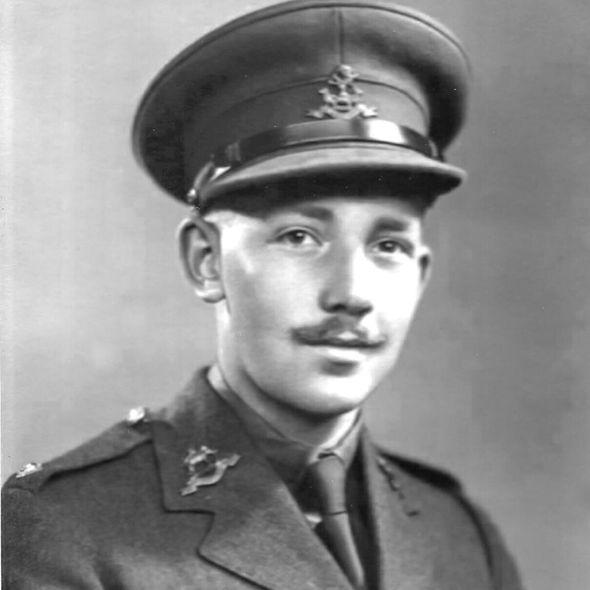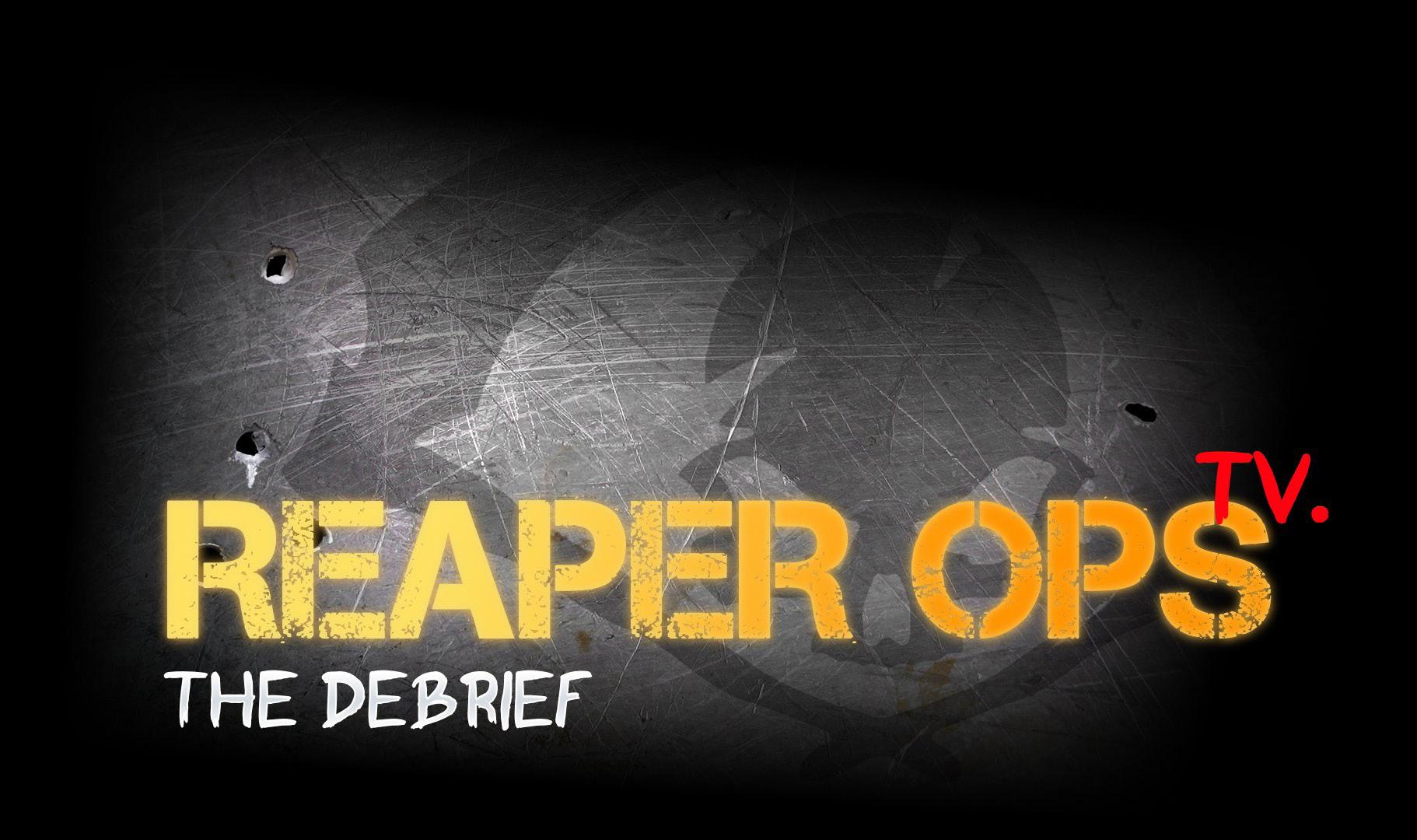
5 minute read
SPECIAL FEATURE: CAPTAIN TOM
LT COLONEL THOMAS MOORE
AKA “CAPTAIN TOM”

If you live outside of the UK, the name “Captain Tom” might not be familiar to you but here, he is a national hero.
On the 6th April, at the ripe old age of 99, Captain Tom, a former British Army officer, began to walk laps of his garden aiming to reach his goal of raising £1,000 in aid of NHS Charities Together by his 100th birthday, on the 30th. His challenge captured the British public’s hearts and donations started pouring in, so much so that on the morning of the 30th April the total raised by his walk had passed £30 million and by the end of the day (and his long walk), was just shy of £33 million!
His 100th birthday was marked by with a flypast from the RAF’s Battle of Britain Memorial Flight, a video call from the Secretary General of the United Nations, Antonio Guterres and a personalised birthday card from Her Majesty, Queen Elizabeth II.
He was also appointed as honorary colonel of the Army Foundation College and featured in a cover version of the song “You’ll Never Walk Alone”, with the sale proceeds going to the same charity. The single topped the UK music charts and made Captain Tom the oldest person to have a number one single!
Tom Moore was born on April 30, 1920. His parents and family were local builders in Keighley, Yorkshire, where he spent much of his life. He attended Keighley Grammar School as a child, and later went on to complete an apprenticeship as a Civil Engineer. But in 1940, aged 20 he enlisted in the 8th Battalion Duke of Wellington’s Regiment (8 DWR),
The Regiment was stationed in Cornwall as part of 203 Independent Infantry Brigade (Home) to defend the coast as the threat of a German invasion. He was selected for officer training in 1940 and posted to an Officers Training Unit (OTU) before being commissioned as a Second Lieutenant on 28 June 1941.
In November 1941 8 DWR was re-rolled as an armoured regiment 145 Regiment Royal Armoured Corps (RAC). All personnel continued to wear their DWR cap badge but on the RAC black beret. Later, Tom Morre was transferred to 9 DWR , which left Liverpool for India on August 28, 1941 arriving in Bombay on October 25, 1941, then, on November 1, 1941 it was re-rolled as 146 Regiment RAC and drew its first three Valentine tanks. By October 1942
MILITARY HISTORIAN, WILL FOWLER, TAKES A BRIEF LOOK BACK AT THE HISTORY OF A MAN WHOSE DETERMINATION EARNED HIM THE GRATITUDE AND RESPECT OF AN ENTIRE NATION.
it had been fully equipped with Valentines and had an armoured car troop in Ford Indian Pattern Carriers. Six Universal Carriers were added as part of the mortar troop in November 1942.
A photograph from this period shows a youthful Lieutenant Moore, along with a brother officer, siting on the front deck of a Valentine surrounded by the crew. The two officers are wearing the black RAC berret with regimental cap badge.
In Bombay, Moore, who went on to win trophies in competitive motorcycling after the war, was instructed to set up a motorcycling course for the regiment. The regiment then moved east to Calcutta, a road trip that took three weeks through the driving rain of the monsoon. 146 RAC was assigned to the 50 Indian Tank Brigade and initially based at Kirkee Barracks in Poona, later moving to Dhond until July 13, 1942.
On 1st October 1942, Tom Moore was promoted to war-substantive Lieutenant and to temporary Captain on October 11, 1944. With this rank he was probably Second in Command of a tank squadron and responsible for the administration and re-supply. The regiment then moved to Lohardaya (under XV Indian Corps) until January 1, 1943 and then to the Ratu-Ranchi area.
The various squadrons were then split off and assigned to different fighting forces across Burma. ‘A’ Squadron was attached to the 72 Indian Infantry Brigade, ‘B’ to the 29 Infantry Brigade and ‘C’ Squadron as the divisional reserve. ‘A’ Squadron was located at Madh Island, Bombay with its brigade. When the order of battle of the 36 Indian Infantry Division changed, the division was allotted only two squadrons. It returned before entering the Arakan and the regiment was located during the first six months of 1944 at Pashau Camp in Poona, where they gradually converted from Valentines to M3 Lee tanks. By May 1943, the Regiment’s ‘C’ Squadron had been fully equipped with

M3 Lees and subsequently absorbed ‘B’ Squadron which, therefore, moved onto M3 Lee tanks as well.
The Lee had a hull-mounted 75mm gun with restricted traverse but this matched the limited visibility of the jungle, while the turret-mounted 37mm gun now had a canister shot that was ideal for infantry support. The crews worked out an effective method of bunker busting, using their HE shells to clear away any camouflage and their AP shells to break up the bunkers.
The regiment’s constituent squadrons had largely regrouped into a regimental formation again by early 1944. By 1944 the Lee was the primary equipment of the regiment, except for ‘A’ Squadron which was then equipped as a light armoured vehicle squadron. 146 RAC was an active participant in the Second Arakan campaign and A Squadron, supported 26 Indian Division in landing and later fighting on Ramree Island, (Operation Matador) in January and February 1945.
On May 9th, Tom and his comrades heard that the war in Europe was over and VE Day was being celebrated but they knew that for the 14th Army the war was far from over.
During July 1945 the 254 Indian Tank Brigade, having returned from Burma, became established at Ahmednagar, in Maharashtra State. One of the brigade’s constituent units, 7 Light Cavalry needed to be relieved, and 146 RAC was assigned as its replacement. The regiment’s 1945 reassignment to 254 Brigade led to the introduction of the M4 Sherman tank, though a report of June 1945 shows that 146 RAC was not considered battle-ready at that stage, having received only 12 Shermans for the entire regiment and, with three quarters of its manpower being made up of new recruits, it had insufficient training on the vehicles
In 1945 Tom Moore moved further south with the regiment, reaching Rangoon where they linked up with amphibious forces who had landed in “Operation Dracula”. The war in the Far East ended on August 15, 1945 and the regiment was sent to Sumatara in the Dutch East Indies (now Indonesia) to ensure stability following the Japanese surrender.
On his return to Britain, Tom Moore served as an instructor at the Armoured Fighting Vehicle School in Bovington, Dorset until the troops were demobilised and returned home. AA











